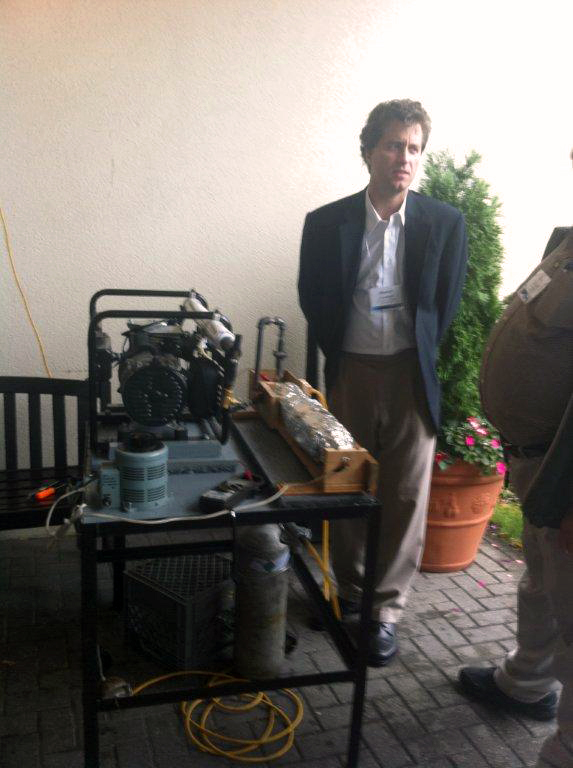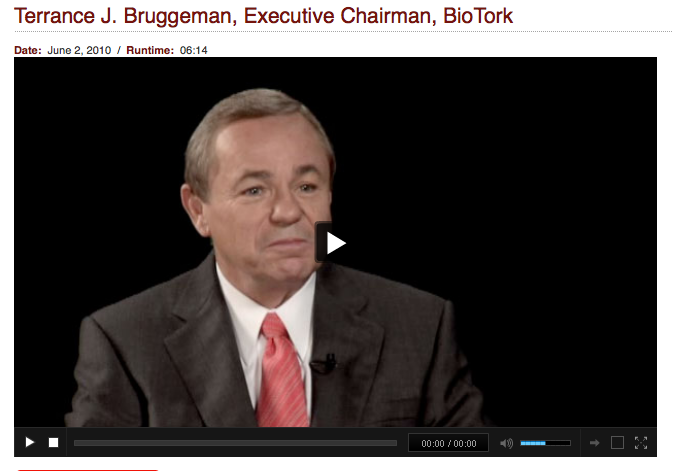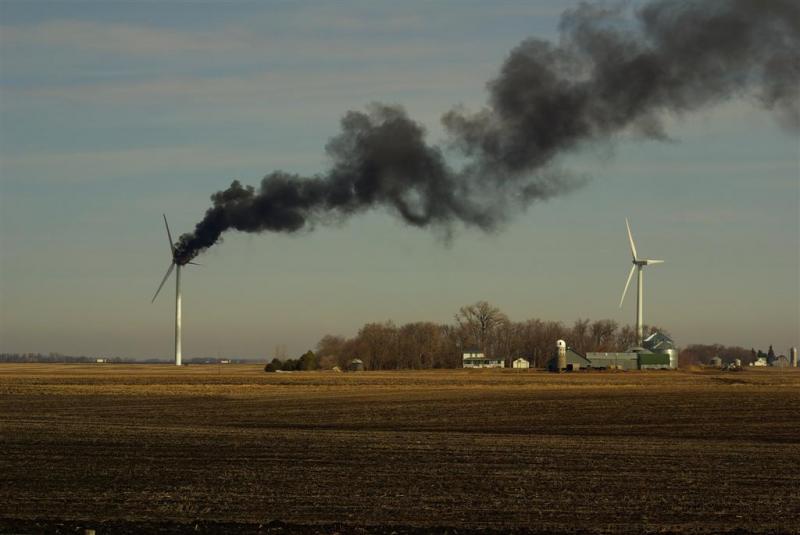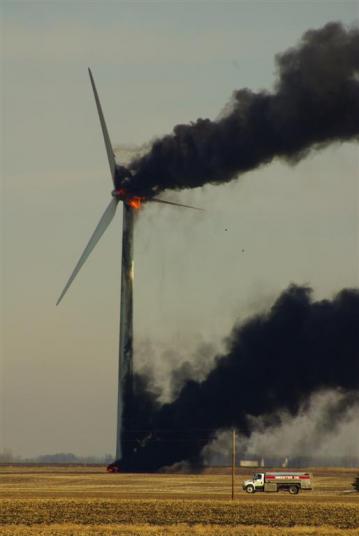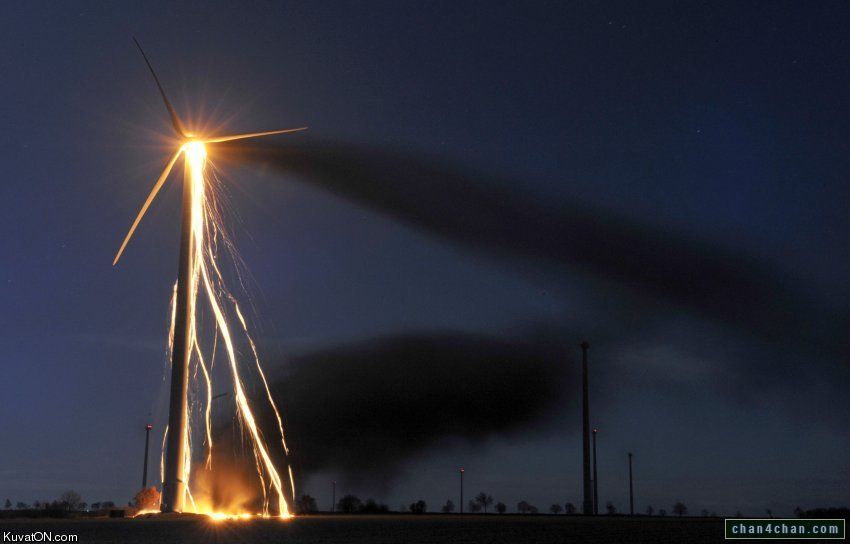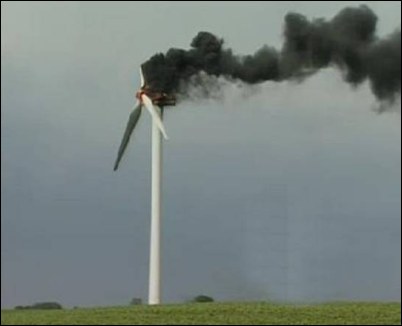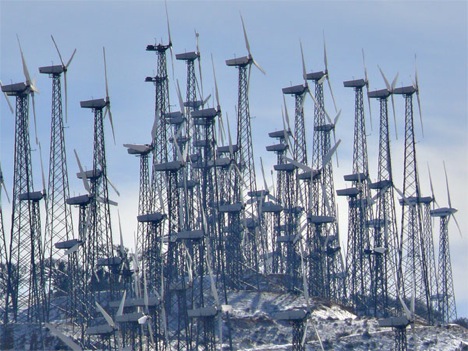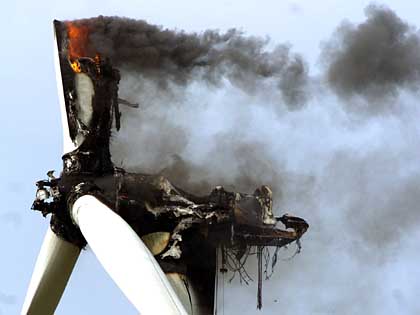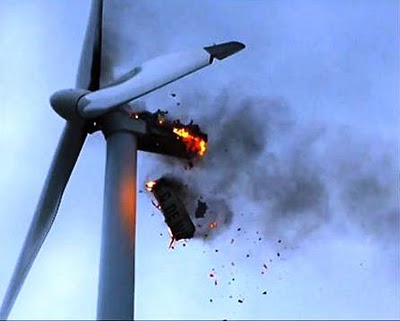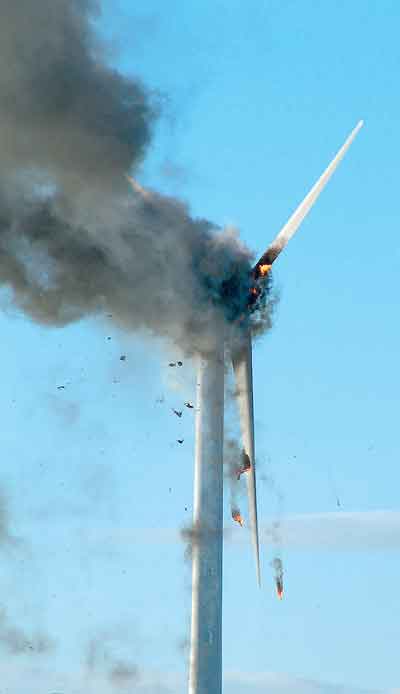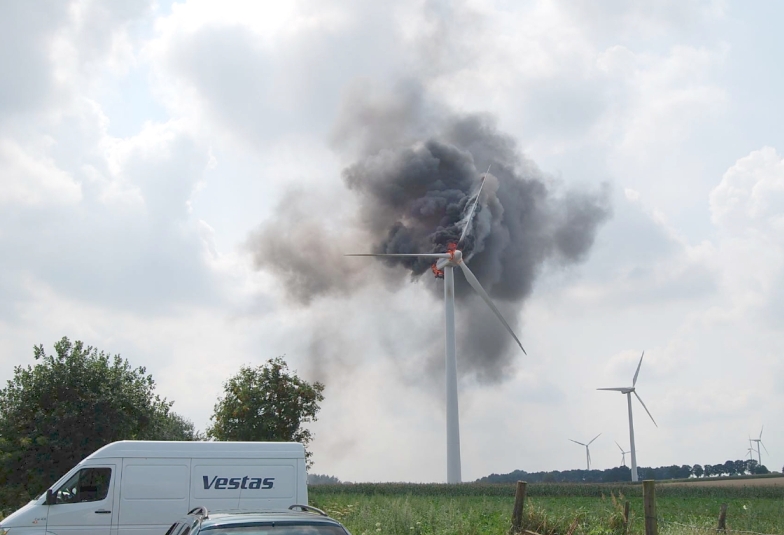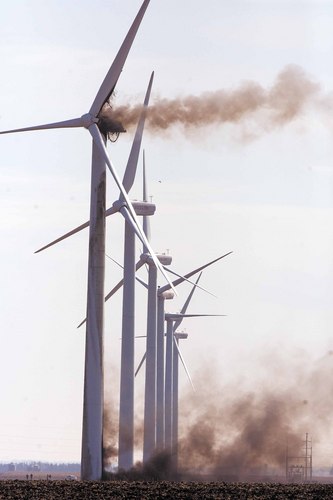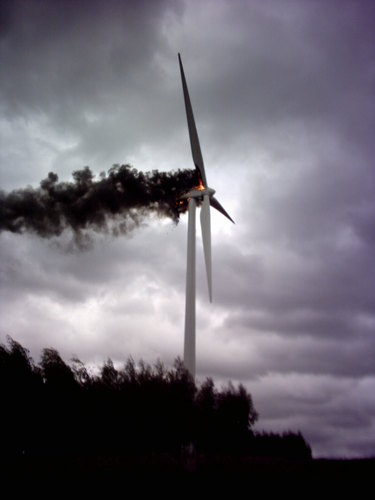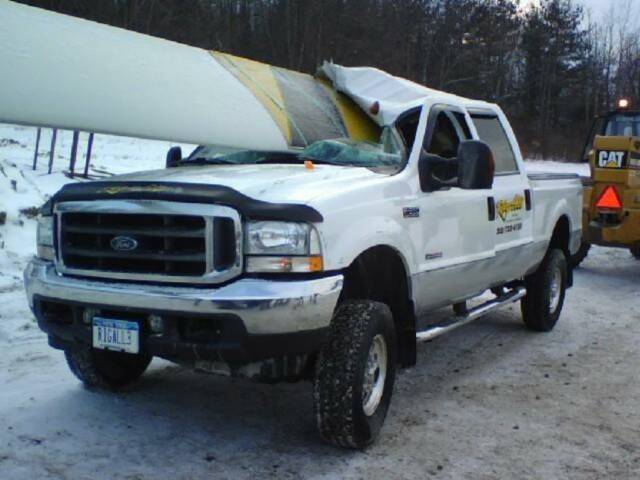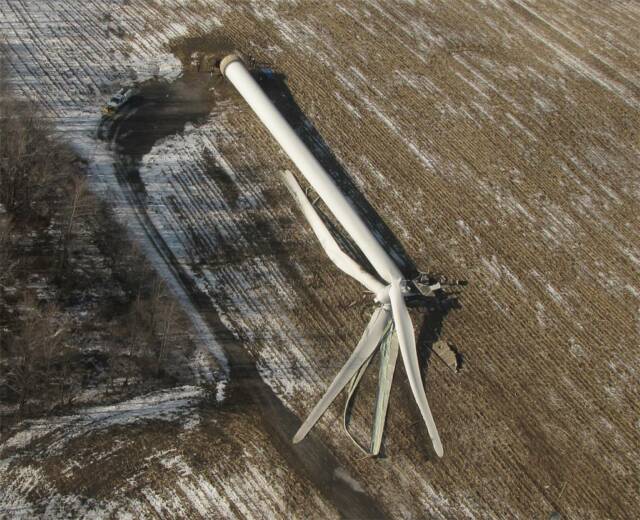Last week I was approached by some people whose vision is to levelize the cost of electricity so that residents statewide pay a rate similar to, or less than, what O‘ahu residents pay.
On O‘ahu, they pay around 26 cents per kilowatt hour (kwh) for electricity. Here on the Big Island, we pay about 36 cents/kwh.
These people see geothermal as the resource we have available that could take us largely off oil. And, unlike with oil, geothermal power costs are stable.
They explained that although the geothermal resource is on the Big Island, the largest number of customers are on O‘ahu. And that they would need to reach those O‘ahu customers in order to have enough people to pay for the cable and to lower the rates of Big Islanders.
With lower electric rates, they would hopefully attract a lot of folks to buy electric cars. This too would increase electricity sales, and help stabilize rates at a lower level.
They spoke about running a cable to Kaua‘i, as well, and powering Kaua‘i if the science permits. They know that’s probably a money loser. But they feel that it’s the right thing to do. How can we leave our brothers and sisters defenseless when oil price start to rise?
They asked me if I would join their group. For several years I’ve been working toward lower electricity rates for the rubbah slippah folks. And now, with Peak Oil right around the corner, it’s critical that we move quickly. I told them my intention is to join them after I spend some time evaluating things.
I like their general approach and there will be lots of details to fill in along the way. But it is certainly better for the rubbah slippah folks than the path we are heading down now.
This Pacific Business News blog post, by Sophie Cocke, says that the electric utilities recently reported lower sales due to cool weather.
HECO, ‘bad’ weather and decoupling
Pacific Business News – by Sophie Cocke
Date: Monday, November 1, 2010, 8:57pm HST
Hawaiian Electric Industries, the parent company of Hawaiian Electric Co. and American Savings Bank, released its third-quarter earnings this weekend showing a 12 percent decline in electricity sales compared to the same quarter last year.
The company’s year-to-date revenues, through September, show an even sharper decline of 17 percent, compared to last year.
…
Two months ago, the Hawaii Public Utilities Commission approved decoupling for the utility companies, severing the link between sales and profits — a matter that has been on the forefront of shareholders’ minds during the company’s last two investor calls.
Read more: HECO, ‘bad’ weather and decoupling | Pacific Business News
Yes, but I wonder if the lower sales could also be due to folks leaving the grid to protect themselves from rising oil prices. When that happens, everybody else ends up paying more, and then we will begin dividing ourselves into the haves and the have nots. For ourselves and for future generations, we do not want this to happen.
Decoupling might protect the shareholders, but it does not give HECO any reason to be concerned about customers’ costs. It just allows them to do things like encourage expensive biofuels instead of bringing more geothermal on line.

